The aftermarket Android car multimedia systems for Mazda 2, such as the ones available on our platform, offer a significant upgrade over the factory-installed radio units. These systems are equipped with the latest OS, providing a range of features that enhance the in-car entertainment experience. Users can choose from various styles, each with different core processors and memory capacities, ensuring there's a system to match specific performance needs and preferences.
Key distinctions between OEM and aftermarket solutions include the availability of advanced features such as built-in DSP chips with up to 48EQ for fine-tuned audio control, high-resolution screens, and the inclusion of both wired and wireless functionality. These systems support additional functionalities like GPS navigation, 4K video playback, screen mirroring, and integration with backup cameras. They also boast modern connectivity options such as the latest Bluetooth, Wi-Fi, and 4G capabilities, which are not always present in OEM units.
Moreover, the aftermarket units are designed with a focus on aesthetic appeal and functionality, featuring multi-color illumination and a durable frame. While OEM systems are tailored to the vehicle from the start, these aftermarket models are designed for easy integration with existing Mazda 2 features and controls, although compatibility should be confirmed, especially for models with amplified speakers or existing navigation systems.

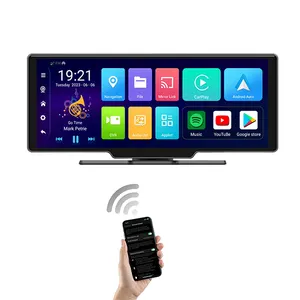











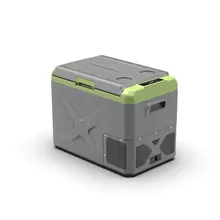
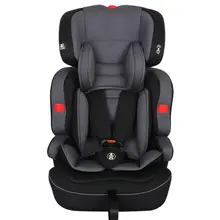
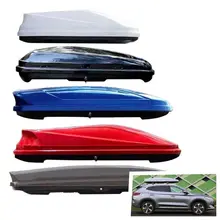














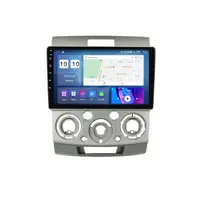

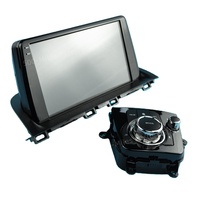








 浙公网安备 33010002000092号
浙公网安备 33010002000092号 浙B2-20120091-4
浙B2-20120091-4